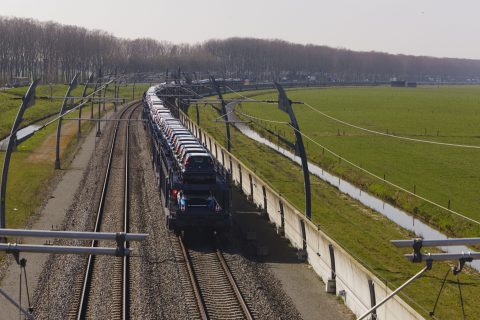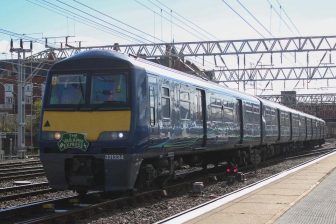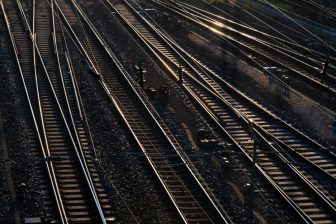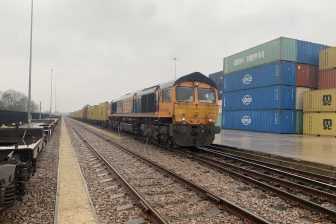
2nd branch of only-freight corridor in the Netherlands: wishful thinking?
Nederland, Rotterdam, 2011 Foto; Freek van Arkel/Hollandse Hoogte
A second branch of the Dutch rail freight corridor the Betuweroute is no longer a point of discussion. It is no longer a question of ‘if it should be realised’, but rather ‘how’, said the new Dutch government, about the plans for what is known as the North Branch.
Do you want to read the full article?
Thank you for visiting RailFreight.com. Become a member of RailFreight Premium and get full access to all our premium content.
Are you already a member?
Having problems logging in? Call +31(0)10 280 1000 or send an email to customerdesk@promedia.nl.





